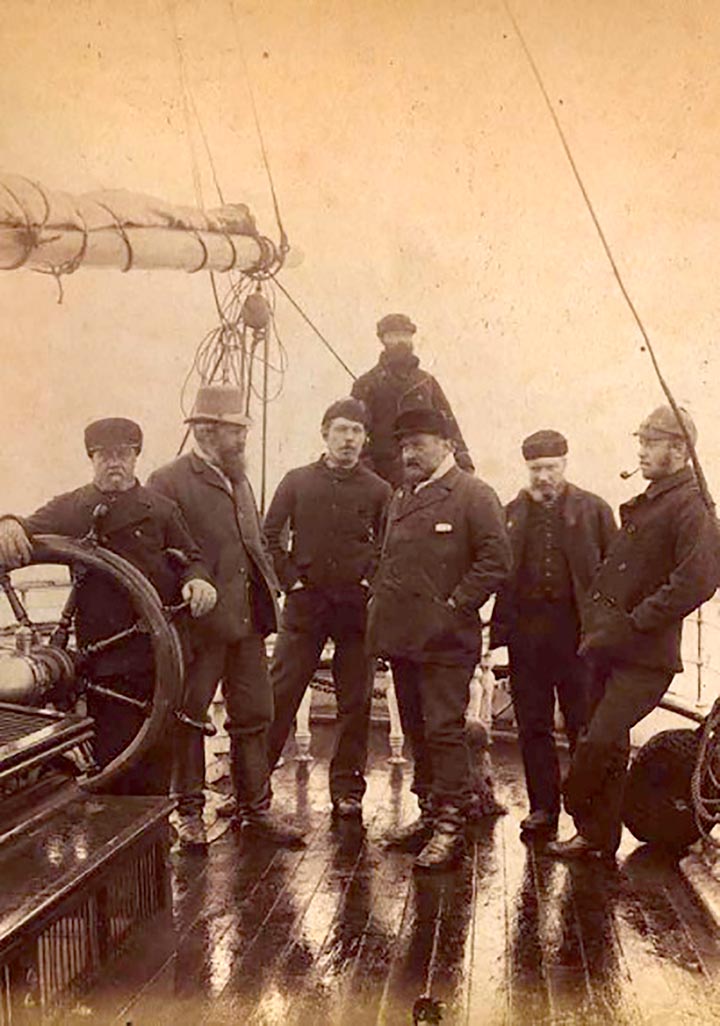Latest News

Other News
Holmes Fest Returns for 2025
10 days of fun events will celebrate Arthur Conan Doyle's connections with Portsmouth.Holmes Fest the yearly festival celebrating Arthur Conan Doyle's creation of Sherlock Holmes in Portsmouth returns this September with 10 days of all-new shows and activities.
ReadHolmes Fest - The Unique Celebration of Conan Doyle Is Back By Popular Demand!
The Conan Doyle Estate are pleased to provide support to 'Holmes Fest' a celebration of the life and times of Arthur Conan Doyle...
ReadArthur Conan Doyle's Selecting a Ghost
Two Lines Productions, in collaboration with hip-hop dance group BirdGang Ltd, presents Arthur Conan Doyle's Selecting a Ghost, newly adapted for the stage by Phil Cheadle.
Read